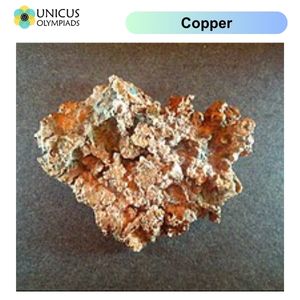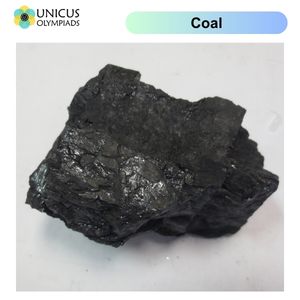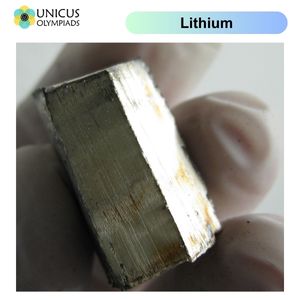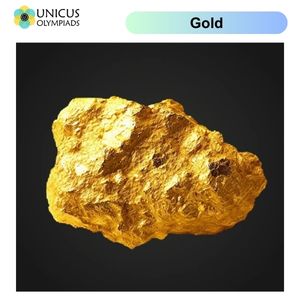

Minerals are natural resources that play a vital role in the global economy. Economic minerals, also known as industrial minerals, are minerals that have a direct economic value due to their usefulness in various industries. Some minerals, such as bauxite and copper, are crucial to the development of infrastructure, technology, and energy systems. These minerals are fundamental to the production of essential goods and services, contributing significantly to industrial growth, trade, and economic development worldwide. In this article, we will explore the key economic minerals, such as bauxite, copper, and others, discussing their uses, production, and examples for better understanding.
Economic minerals are minerals that are extracted for use in various industries, including construction, energy production, manufacturing, and technology. These minerals are valuable because they are abundant, have wide applications, and are used to produce a range of products that are essential to modern life. The extraction and processing of these minerals are key drivers of industrial activity and global trade.
Economic minerals have several key characteristics that make them valuable for industrial applications. Some of the most important characteristics include:
Several key minerals are considered critical for economic development due to their wide-ranging industrial applications. Let’s explore some of the most important economic minerals, such as bauxite, copper, and others, to understand their uses and significance.
Bauxite is the primary ore from which aluminum is extracted. Aluminum is a lightweight, corrosion-resistant metal used in a wide range of industries, including transportation (airplanes, cars), construction (windows, doors), packaging (aluminum cans), and electronics. The importance of bauxite in the global economy cannot be overstated, as aluminum is one of the most widely used metals in modern industry.

Bauxite is found in many regions of the world, with some countries being major producers. The largest reserves of bauxite are located in tropical and subtropical regions, where the soil is rich in aluminum oxide minerals.
The aluminum industry is crucial for economic development, especially in sectors such as transportation, construction, and manufacturing. Aluminum is used in lightweight vehicle construction to improve fuel efficiency, in the aerospace industry for aircraft, and in the production of renewable energy infrastructure, such as wind turbines and solar panels. The global demand for aluminum, and consequently bauxite, continues to rise with industrial growth and the shift toward more sustainable, energy-efficient technologies.
Copper is a highly conductive metal used extensively in electrical wiring, electronics, machinery, and renewable energy systems. Due to its high electrical and thermal conductivity, copper is critical to the construction of power grids, communication systems, and electronic devices such as smartphones and computers. Copper’s ability to efficiently conduct electricity makes it indispensable to modern infrastructure and technology.

Copper is found in a variety of geological formations and is extracted through both open-pit and underground mining methods. The largest copper producers are countries with large mining industries, particularly in regions with abundant copper deposits.
The demand for copper is driven by its use in electrical and electronic applications, as well as its role in the renewable energy sector. Copper is used in the construction of wind turbines, solar panels, and electric vehicles (EVs), all of which are central to the transition to clean energy. As the world moves toward sustainable energy, copper’s role in supporting energy efficiency and green technologies is expected to grow.
In addition to bauxite and copper, several other minerals play crucial roles in global industries. These minerals are critical for a wide range of manufacturing, energy production, and technological applications. Some notable examples include:
Iron ore is the primary raw material used to produce steel, one of the most important metals for construction, infrastructure, and manufacturing. Steel is used in everything from buildings and bridges to vehicles and machinery. The largest producers of iron ore are Brazil, Australia, and China.

Coal is a major energy source used in power generation and industrial processes. Despite the shift toward renewable energy, coal remains an essential fuel for electricity generation in many countries, particularly in Asia. Major coal producers include China, India, the United States, and Australia.

Lithium is a key component in rechargeable batteries used in smartphones, laptops, and electric vehicles. With the global shift toward electric vehicles and renewable energy storage, the demand for lithium has surged in recent years. The largest lithium-producing countries are Australia, Chile, and China.

Gold is widely used in jewelry, electronics, and as a store of value. It is one of the oldest precious metals used by humans and continues to be a symbol of wealth and financial security. Major gold producers include China, Australia, Russia, and the United States.

The extraction of minerals has both economic and environmental implications. Economically, mineral-rich countries can benefit from mining activities through job creation, export revenues, and industrial development. However, mineral extraction also poses significant environmental challenges, such as habitat destruction, water pollution, and greenhouse gas emissions.
Mineral extraction provides a vital source of revenue for many developing countries, contributing to GDP growth, infrastructure development, and job creation. Many countries with large mineral resources rely on mining as a key component of their economy. Mineral-rich regions can attract foreign investment, drive industrial growth, and create economic opportunities for local communities.
The environmental impact of mineral extraction can be significant, particularly when mining is unregulated or poorly managed. Deforestation, air and water pollution, and soil degradation are common consequences of large-scale mining operations. The use of fossil fuels in mining operations also contributes to greenhouse gas emissions and climate change.